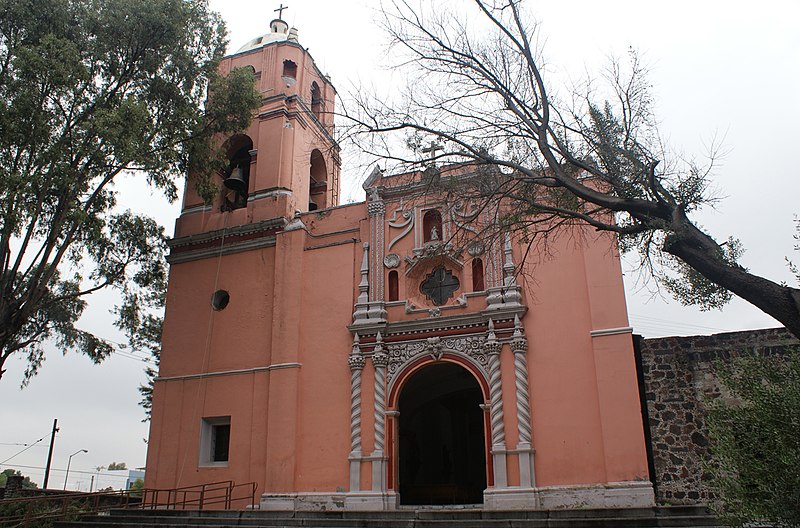
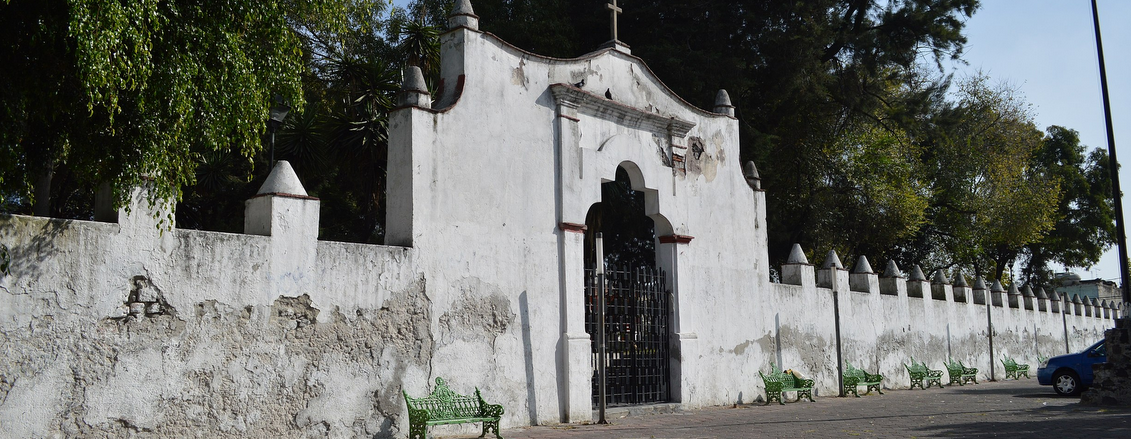
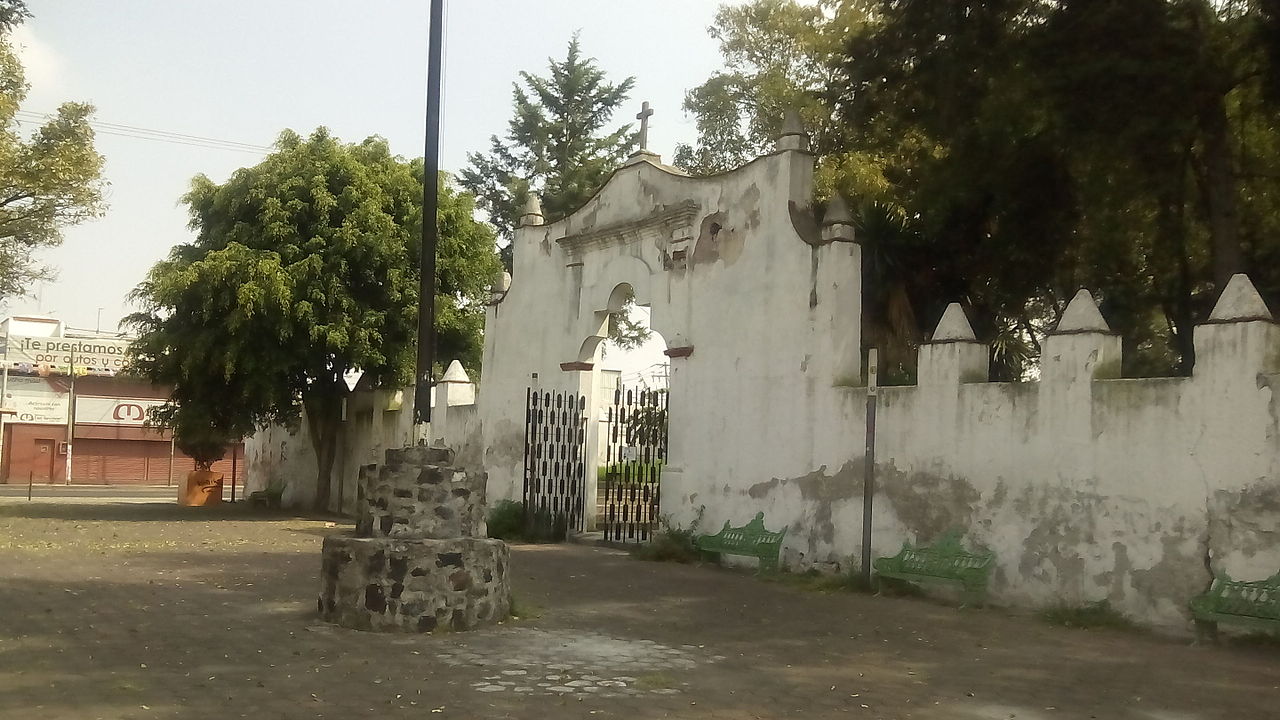
Mexicaltzingo is one of the 15 original settlements of Iztapalapa. Today, it’s a well regarded neighborhood. And this is only in part because of the well-delimited atrium that marks off the front of the church.
The town is known to have been claimed, early, by Hernán Cortés. It was one of six towns thus claimed. The old altepetl (city-state) surrounded a Mexica temple here. Maps indicate the church’s location already in 1555.
The town is also significant as a Mexica outpost from well before the arrival of the Spanish. The Mexica people operated a wharf here, and it’s difficult to visit and not get a sense of the town on the Iztapalapa-Ermita Causeway. The old island is actually visible in the 1521 map, here. The Nahuatl name could be translated as “little or minor place of the Mexica.” That would be to distinguish their place from Tenochtitlan to the north.
The people here would have been in a trade relationship with the peoples of Culhuacan, Churubusco, Cuitláhuac, and Mixquic. Such relationships resulted from a number of strategic marriage alliances. The descriptions of these alliances make up a good part of the record of the town prior to the arrival of the Spanish. As representatives of the dominant power, the people of Mexicaltzingo were also responsible for the dam and causeway which prevented brackish water from flowing to the west. The major hydrological work only ended with the Spanish conquest of the region.
Perhaps surprisingly, some form of these same relationships were maintained straight through the colonial period and the 19th century. Obviously, the Mexica were replaced by the Spanish, and later by the Franciscans.
The former church and convent of San Marcos Apóstol de Mexicaltzingo dates at least in part from as far back as 1560. Built on top of a ceremonial center, the Franciscan are believed to have entirely desecrated the site, beginning in 1560. The church operated a graveyard in the atrium until the 1950s. In 1959, the remains that could still be unearthed there were moved inside of the temple.
The church entryway is flanked by Solomonic columns. It’s built over a Latin cross floorplan. This is roofed with a barrel vault with lunettes. The transept is capped by an octagonal dome, and this is topped by a lantern.
The church is famously home to a Christ figure made of cane paste. Analysis of this figure revealed inscriptions written in Nahuatl, and not in Latin text. That’s to say, the figure is likely an example of actual ancient Nahuatl codices recycled to make the figure. Although they’re not common, such figures represent some of the only ancient codices to have survived the Spanish conquest.
The town and neighborhood of Mexicaltzingo is just east of the Metro station (Line 12). It’s also just one stop from the far better known sites along Line 2 of the Metro, including those at Metros Ermita and General Anaya.
 55 5582 5199
55 5582 5199

Nearest at 0.33 kms.
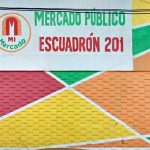
Nearest at 0.99 kms.

Nearest at 1.18 kms.

A magical and ancient village in the very east of Mexico City...
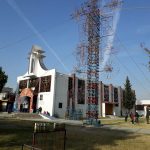
One of Iztapalapa's liveliest original settlements...

An ancient island community is today a fascinating original settlement...
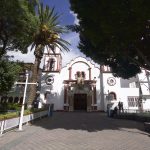
One of the original settlements of Iztapalapa...
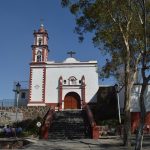
One of Iztapalapa's ancient original settlements . . .